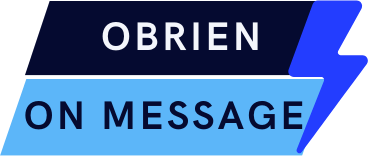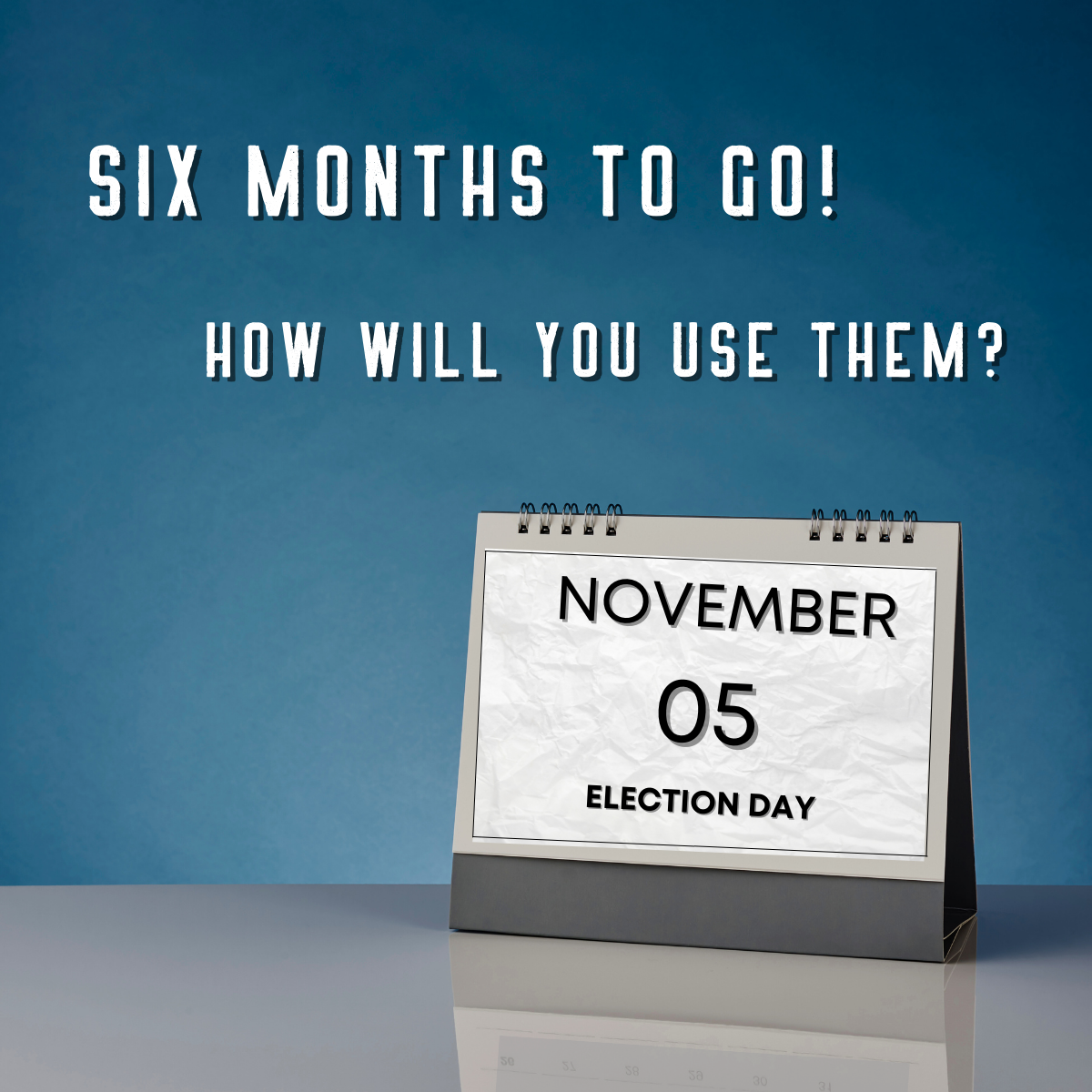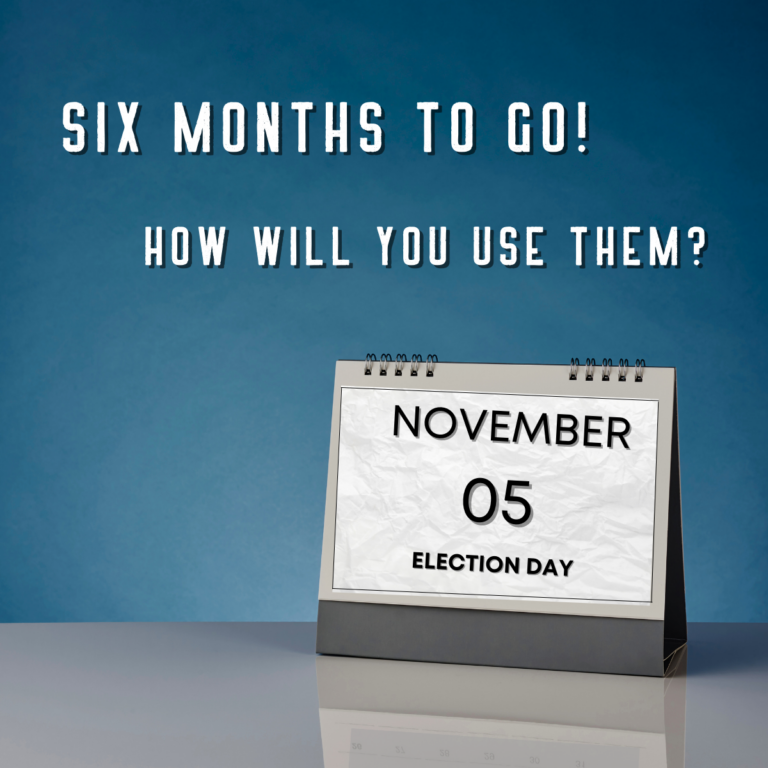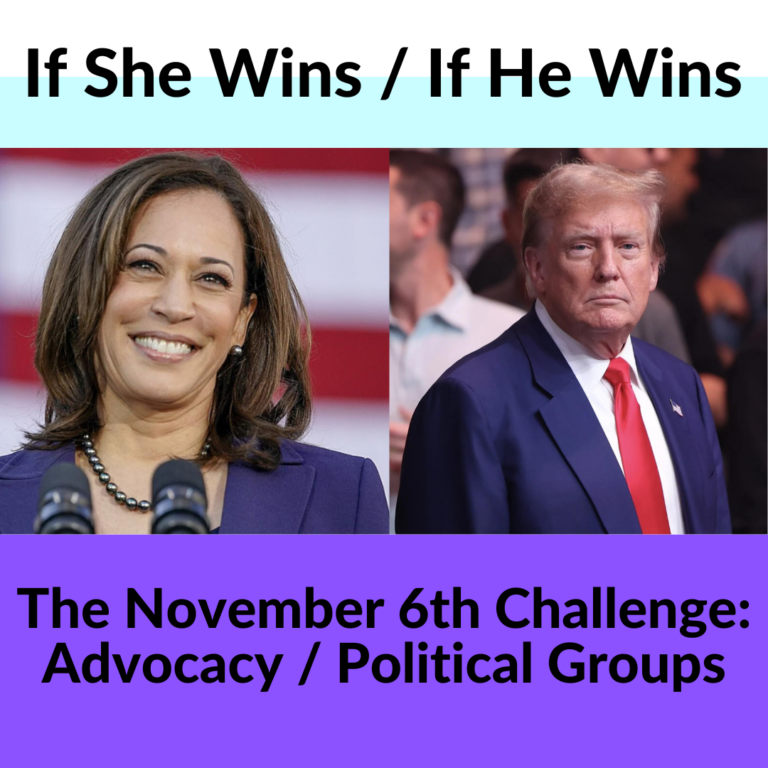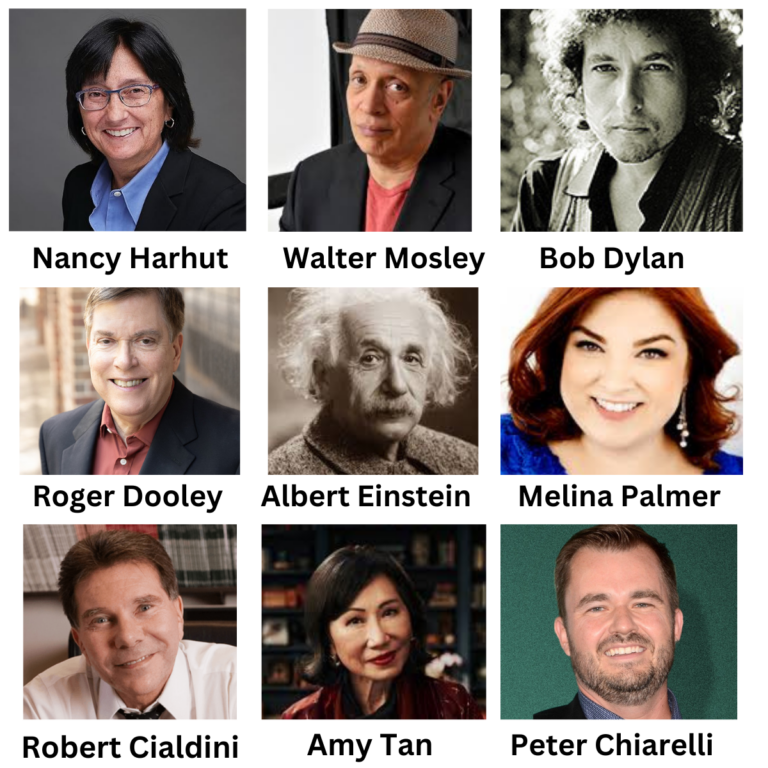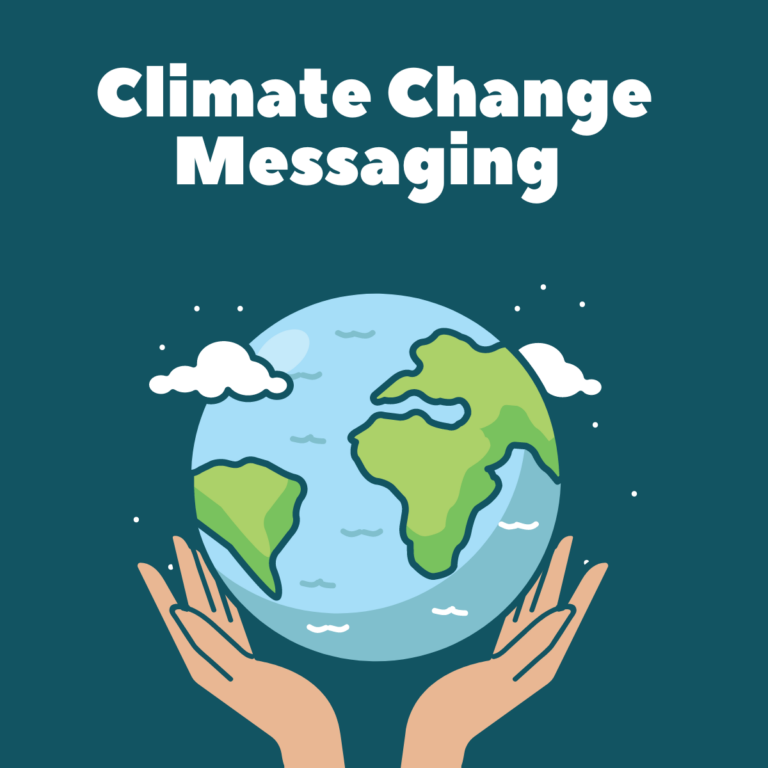Charities and Humanitarian Groups
November’s election is now exactly six months away and even groups with missions far removed from electoral politics will feel the impact. Today, we offer a few thoughts on how charities and humanitarian groups can make the best use of the next 182 days. (A parallel version of this memo directed to advocacy groups can be found here.)
Practice counter-programming.
No matter what side of the political fence they are on, chances are your supporters are finding the 2024 election cycle a fraught and unedifying experience. That leaves open an opportunity to give them someplace else to turn. You can provide hope and uplift that contrast with a far from uplifting electoral landscape. And you can offer immediate, tangible impacts on peoples’ lives in need contrasting with the long slog to election day.
Emphasize “can’t wait” work.
The closer we get to Election Day, the more even audiences that don’t dwell on politics will be pulled inexorably into the fray. The best counterweight is to emphasize “can’t wait” work – projects where the need is too compelling and the call to action too urgent to be set aside. This isn’t a time to launch new unfamiliar initiatives. It’s a period for leaning into your “greatest hits” — the most tangible and immediate work that has proven over time to have a strong pull on your audiences.
Get as far away as possible.
It’s relatively easy for many charities to stay totally clear of politics and public policy. (Think animal welfare groups and most health charities.) But the line gets more blurry in other cases like groups working to counter the impact of climate change on global poverty or those seeking to deliver medical assistance in places like Gaza.
In the unique period of the run-up to a presidential election, that ambiguity of being half in and half out of the political fray is complicated for audiences to digest. So the best rule of thumb is, as much as your mission and external events will allow, get as far away as possible between now and November 5th.
Never apologize for demanding attention.
Sometimes groups alert to the intense pre-election environment seek to acknowledge it with language like this. “I know there is so much going on right now in our country’s politics, but I need you to focus on . . .” It’s weak language that never works because, unintentionally, it conveys a lack of confidence in the importance of your own work. And it’s an easy leap for your audiences to make – “If they aren’t confident about their work, why should I be?”
Don’t assume it all ends on Election Day.
If 2020 taught us anything, it’s that the drama surrounding the presidential election isn’t guaranteed to come to an end on Election Day. So it’s prudent to expect that the critical period of 2024 year-end giving could be, once again, clouded by ongoing controversy and audience distraction.
That could take the form of a “who won” battle similar to 2020. But even in a clearly decided and accepted electoral outcome, the post-election period will feature half the population being deeply concerned about the country’s immediate future.
In that context, much of the advice offered here – counter programming, “can’t wait” work, etc. – may be as crucial post-election as it is in the run-up to Election Day.
NOTE: The memo you just read deals with charities and humanitarian groups. A parallel memo addressing the run-up to the election period for advocacy groups is here.
